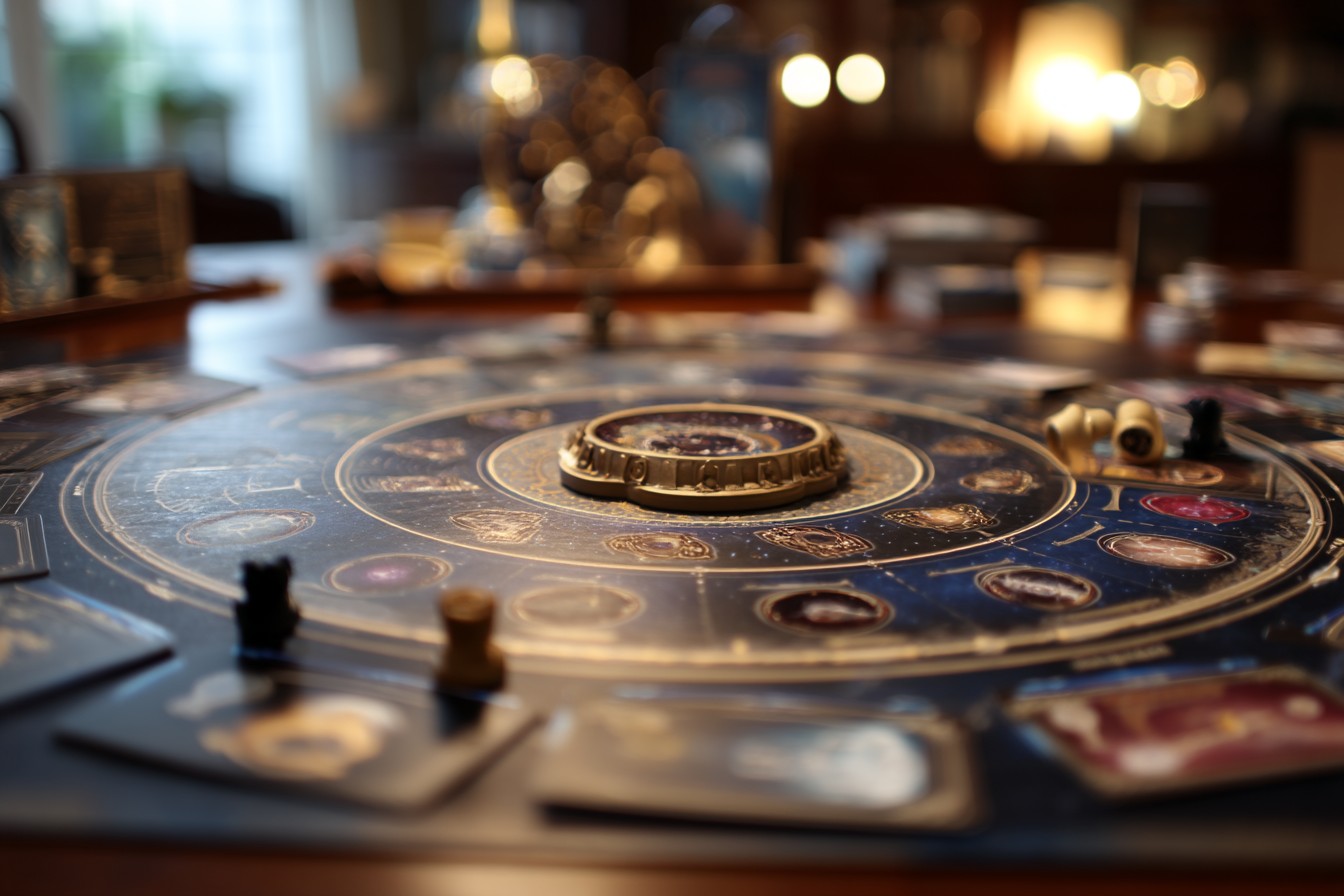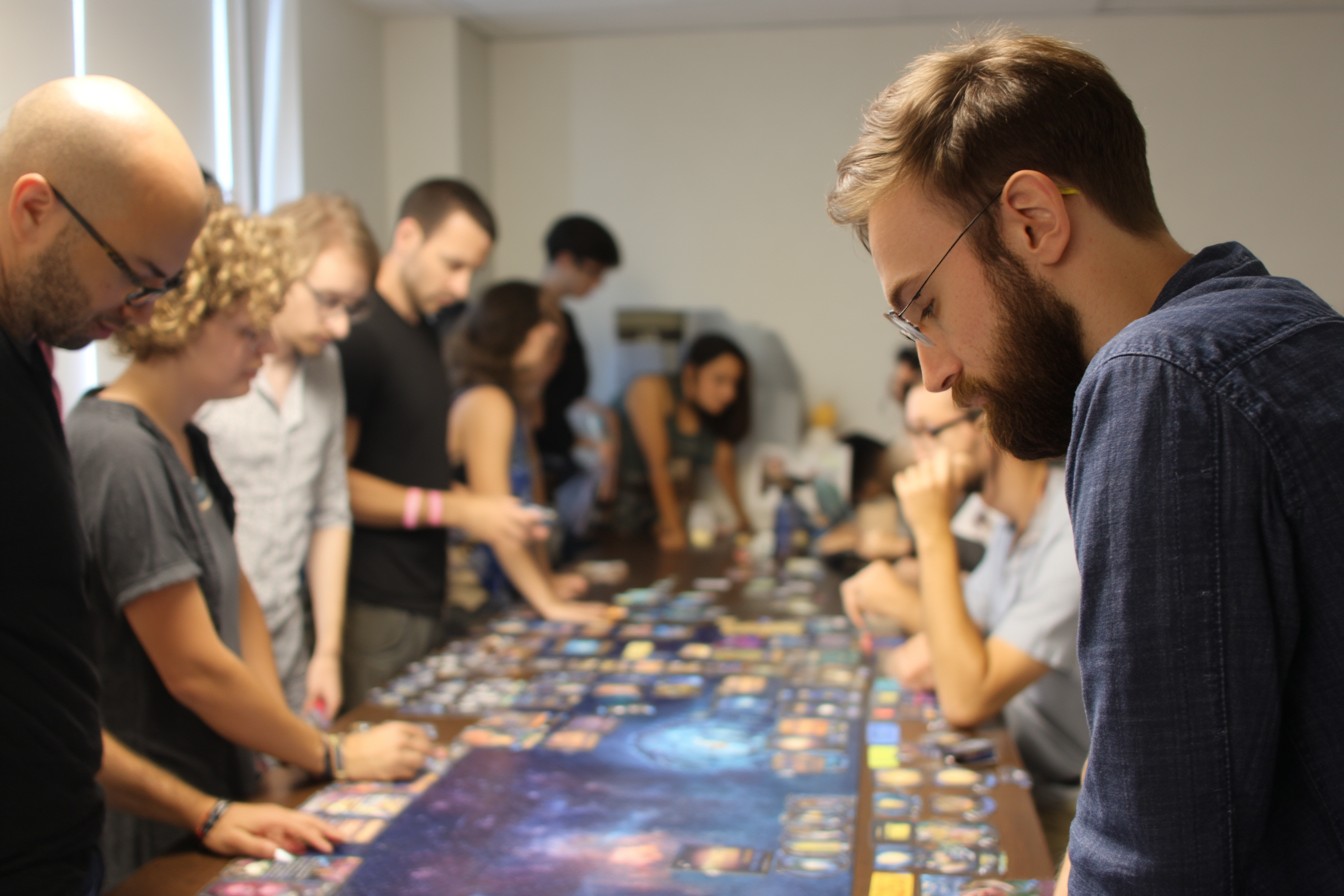My first experience with TIME Stories wasn’t actually playing it—it was watching a group at a local convention become increasingly frustrated as they burned through temporal units without making tangible progress. They’d reach the end of their resources, reset the scenario, and then proceed to make many of the same mistakes again. I remember thinking, “There has to be a more efficient way to approach this.” Six months later, when I finally acquired the base game and the first few expansions, figuring out that “more efficient way” became my obsession.
After completing every published module (yes, including that brutally difficult Estrella Drive), I’ve developed a framework for minimizing wasted runs that works surprisingly well across all scenarios, regardless of their specific mechanics or settings. The beauty of TIME Stories lies in its unique time loop structure—you’re expected to fail, reset, and try again with accumulated knowledge. But “expected to fail” doesn’t mean you should waste precious temporal units learning things you could have deduced more efficiently.
Let me back up and establish some foundations for those less familiar with the game. In TIME Stories, players control temporal agents sent to various time periods to resolve paradoxes. Each “run” through a scenario consumes temporal units (TU), a limited resource. When you run out, you’re yanked back to base and must “reset,” starting the scenario over but retaining your knowledge. The key to success is minimizing the number of resets by extracting maximum value from each run.
The most fundamental principle I’ve discovered is what I call “information density mapping.” This isn’t just about gathering information—it’s about understanding where high-value information is concentrated and prioritizing those locations. In your first run of any module, resist the temptation to “solve” anything. Instead, focus exclusively on building a mental map of which locations contain crucial information versus those that merely drain resources.
I vividly remember playing Asylum (the base game scenario) with my regular group for the first time. Linda, my wife, was absolutely determined to resolve the situation with the patient in Cell 42 during our first run. She spent precious time units on what was ultimately a side quest that could have been more efficiently addressed later. Meanwhile, Kevin was mapping the facility, identifying which rooms contained critical path information versus interesting but optional content. His approach proved far more valuable for our second run.
This leads to my second principle: “specialization over diffusion.” In most modules, having every player explore the same locations results in massive inefficiency. Instead, divide and conquer. Once you’ve created your information density map, assign specific areas of investigation to each player based on their receptor’s strengths (the character they’re inhabiting). This maximizes the useful information gathered per time unit spent.
We played The Marcy Case about a year ago, and we used this specialization approach to tremendous effect. Jim took his combat-oriented receptor and systematically explored all potentially dangerous locations to map threat levels. I used my high-observation character to investigate detail-heavy locations, while Linda’s charismatic receptor handled all social interactions. This division allowed us to complete the module in just two runs—a group record for a first playthrough.
The third critical strategy is what I’ve dubbed “progressive elimination documentation.” TIME Stories throws enormous amounts of information at you, and your human memory will inevitably fail. We’ve developed a consistent note-taking protocol that not only records what we’ve learned but specifically documents what we’ve eliminated as irrelevant. This prevents the common pitfall of re-investigating dead ends after a reset.
For this purpose, I actually created a standard template we use for every module—a single sheet with sections for critical path notes, character-specific information, eliminated options, and “must investigate next run” priorities. I’m not typically this organized in games, but TIME Stories specifically punishes disorganized information management more than any other game I’ve encountered.
Speaking of resets, my fourth principle addresses how to maximize the value of inevitable failures: “controlled burn strategy.” When you recognize that your current run won’t yield a complete solution (which is almost guaranteed in your first run through any module), don’t just play until you run out of TU. Instead, shift to a deliberate information-gathering mode, specifically targeting knowledge that will be most valuable for your next attempt.
There was this moment playing Under the Mask where we realized about halfway through our TU supply that we couldn’t possibly complete the scenario in that run. Rather than haphazardly exploring until forced to reset, we deliberately focused our remaining resources on mapping the complete layout of the ancient temple—information that proved invaluable in our subsequent run. What initially seemed like a failure became a strategic information-gathering exercise.
This ties directly to my fifth key approach: “temporal triage.” Not all information in TIME Stories has equal value or urgency. Learning to distinguish between what must be discovered immediately versus what can wait for a future run dramatically improves efficiency. Prioritize information that unlocks new locations or provides context for puzzles you know you’ll encounter, rather than exhaustively exploring every dialogue option at each location.
Expedition: Endurance (still my favorite module) presented a particularly challenging temporal triage situation. The constantly shifting ship layout meant certain information had to be gathered immediately before access was lost, while other investigations could be deferred. We ended up developing a priority matrix specific to that scenario, categorizing information as “must acquire this run” versus “valuable but can wait” versus “interesting but non-essential.”
My sixth strategy addresses a common failure point I’ve observed in many groups: “parallel puzzle processing.” TIME Stories often presents multiple interconnected puzzles that need simultaneous consideration. Rather than having the entire group focus on solving one puzzle at a time, distribute puzzle elements among players to identify patterns and connections more efficiently.
During our playthrough of A Prophecy of Dragons (which has some genuinely challenging puzzles), we initially got stuck trying to collectively solve the constellation puzzle. Progress accelerated dramatically when we split into pairs, each examining different aspects of the puzzle simultaneously and periodically conferring about potential connections. This parallel processing cut our puzzle-solving time nearly in half.
One of the most counter-intuitive strategies I’ve developed is what I call “strategic ignorance management.” This sounds paradoxical in a game about gathering information, but hear me out. Sometimes, having too much non-essential information overloads your decision-making. Learning to deliberately ignore certain types of information—particularly intricate backstory elements that don’t directly impact puzzle-solving—can sharpen your focus on critical path progression.
I noticed this phenomenon most clearly in Lumen Fidei, which bombards you with rich historical and religious details. Our first attempt bogged down as we tried to process every nuance of the setting’s complex political and theological landscape. In our second attempt, we ruthlessly categorized information as either “mechanically relevant” or “thematic flavor” and focused primarily on the former. This more discriminating approach sliced two full runs off our completion time.
Combat in TIME Stories presents its own strategic considerations, addressed by my eighth principle: “combat resource forecasting.” Most modules feature combat encounters that drain precious resources like life points or items. Learning to predict approximately how many combat encounters remain in a run allows for much more efficient resource allocation. This often means accepting some damage in early encounters to conserve items for later, more difficult confrontations.
Brotherhood of the Coast illustrated this principle perfectly. The scenario features multiple combat encounters of varying difficulty, and our first run failed partly because we used all our combat items too early. In subsequent runs, we developed a forecasting approach—mapping expected combat locations and difficulty levels—that allowed for much more strategic item use. The difference was dramatic: from being overwhelmed in our first attempt to confidently managing encounters in our second.
My ninth strategy relates specifically to character selection: “receptor complementarity planning.” The characters available in each module are deliberately designed with strengths and weaknesses that should be balanced across your team. Rather than each player simply choosing their favorite character, analyze how different combinations will handle the specific challenges you expect to face based on the module’s theme and initial information.
When we played The Forbidden Mask (a personal favorite for its clever mechanics), our initial receptor selection proved disastrously imbalanced for the scenario’s requirements. After our first reset, we completely reconfigured our team based on what we’d learned about the module’s challenges, selecting receptors whose abilities specifically complemented each other. This single change probably saved us an entire run’s worth of temporal units.
My final universal principle is perhaps the most important: “predictive reset timing.” Rather than waiting until you’re forced to reset by exhausting all temporal units, learn to recognize the optimal moment for a voluntary reset. This typically occurs when you’ve gathered all reasonably accessible information with your current resources/items/access but can’t progress further without starting fresh.
During Estrella Drive (widely considered the most challenging module), we made the difficult decision to reset with 4 temporal units still remaining because we recognized we lacked a critical item needed for further progression. This deliberate reset, rather than spending those remaining units fruitlessly, positioned us perfectly for our subsequent run.
What fascinates me about TIME Stories is how it inverts traditional gaming wisdom. In most games, failure represents wasted effort. In TIME Stories, failure is an integral learning mechanism—but only if you fail intelligently. The difference between frustrated players and successful temporal agents isn’t avoiding failure but extracting maximum value from each inevitable failure.
I’ll admit I maintain embarrassingly detailed spreadsheets tracking our performance across all modules—runs required, TU efficiency metrics, information retention rates between resets. My gaming group mercilessly teases me about this (Kevin has threatened to revoke my “fun person” card multiple times), but the data has helped us refine our approach with each new module. Our completion efficiency has improved dramatically; what once took us four or five runs we can now often complete in two or three.
These strategies have transformed TIME Stories from a sometimes frustrating experience into a consistently enjoyable puzzle that rewards methodical thinking and team coordination. The joy isn’t just in solving the mystery but in the satisfaction of executing an efficient temporal investigation—minimizing wasted time and maximizing information yield from each precious run through the past.
So next time you send your consciousness hurtling backward through time, remember: map information density, specialize agent roles, document eliminated options, burn runs strategically, triage information by value, process puzzles in parallel, manage ignorance deliberately, forecast combat resource needs, plan complementary receptor teams, and reset at optimal moments rather than forced ones. Your temporal unit efficiency will improve dramatically, and isn’t that really what the Time Agency wants from its agents?
Well, that and preventing the collapse of reality as we know it. But efficient paperwork probably comes first.






Leave a Reply